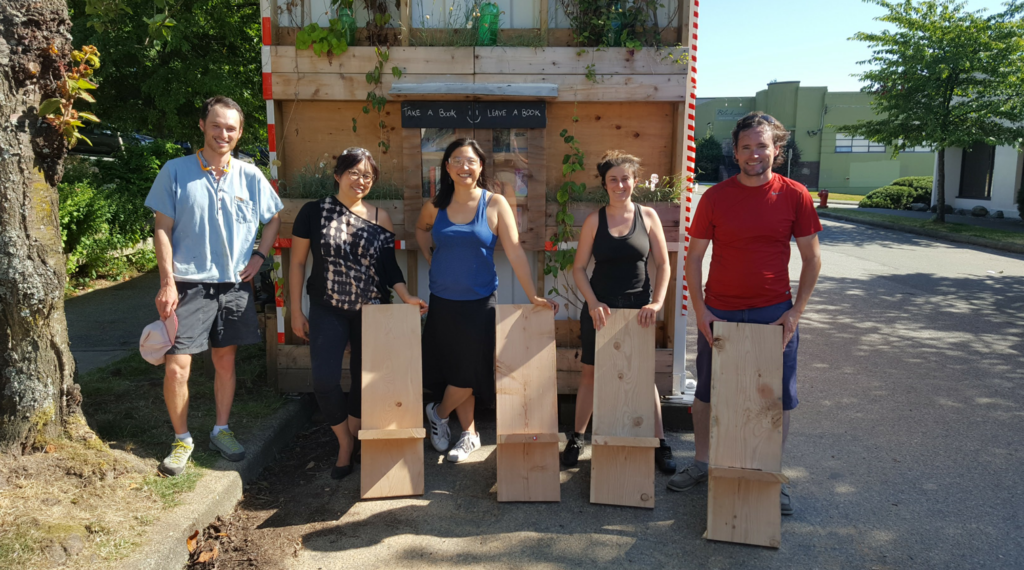A key aspect of our mission is to to reduce the production of material waste through supporting the development and operations of neighborhood equipment-lending libraries.
Equipment libraries play an active and increasing role in lowering an individual's ecological footprint through diverting equipment from the landfill and decreasing the need for individuals to purchase new equipment.



